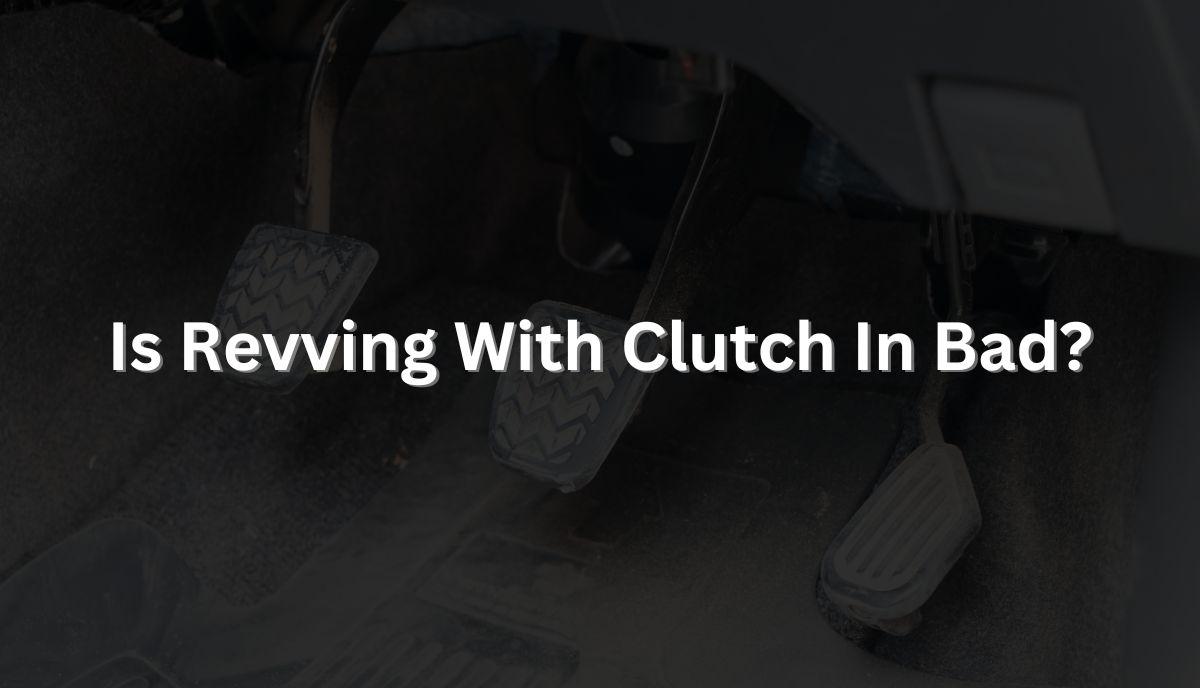Revving with the clutch in can be risky. While it helps in certain situations like hill starts, it may accelerate clutch wear and engine strain. Proper techniques can minimize damage.
The following factors will explain everything you need to know:
1). Accelerating From A Stop
What does revving mean? You step on the accelerator without moving the gear to ‘Drive’ or ‘Reverse.’ This elevates the RPM without moving the car. However, have you noticed that you rev the engine whenever you accelerate from a stop?
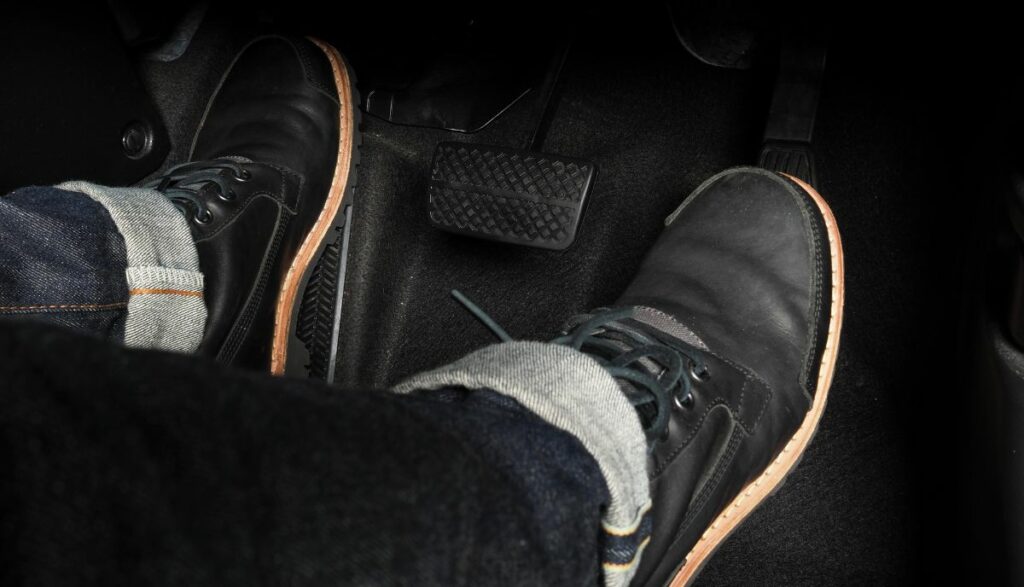
What happens after turning the key in the ignition? You step on the clutch before gradually releasing it while depressing the accelerator. Some drivers are experienced enough to release the clutch while simultaneously pushing the throttle.
This allows them to drive away without necessarily revving the engine. However, the conventional driver does not have that skill. This is why revving in such instances is so common.
2). Starting And Driving On A Hill
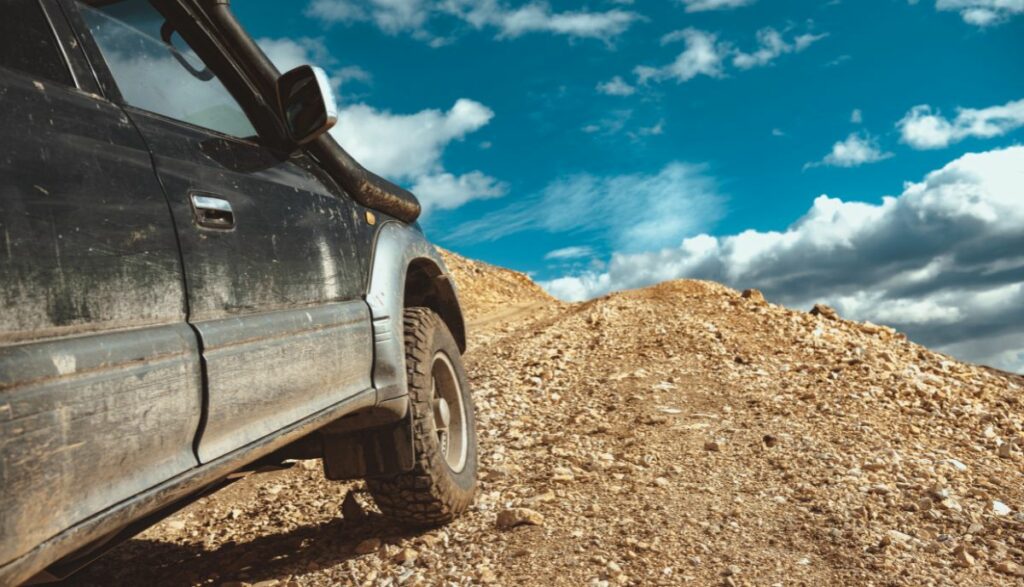
Even if you typically avoid revving when accelerating from a stop on a flat road, you may embrace the practice while starting from a stop on a hill. Think about it. What makes steep slopes so precocious?
You think the vehicle will roll back into another car when you turn the key. To prevent this outcome, you step on the clutch and push the throttle to engage the engine. This allows the vehicle to resume its climb without rolling backward when you shift the gear.
Many drivers avoid revving even in this circumstance by applying the handbrake. But if you don’t trust yourself or the car, you will rev the engine on a hilly road to avoid accidents.
3). Changing Gears
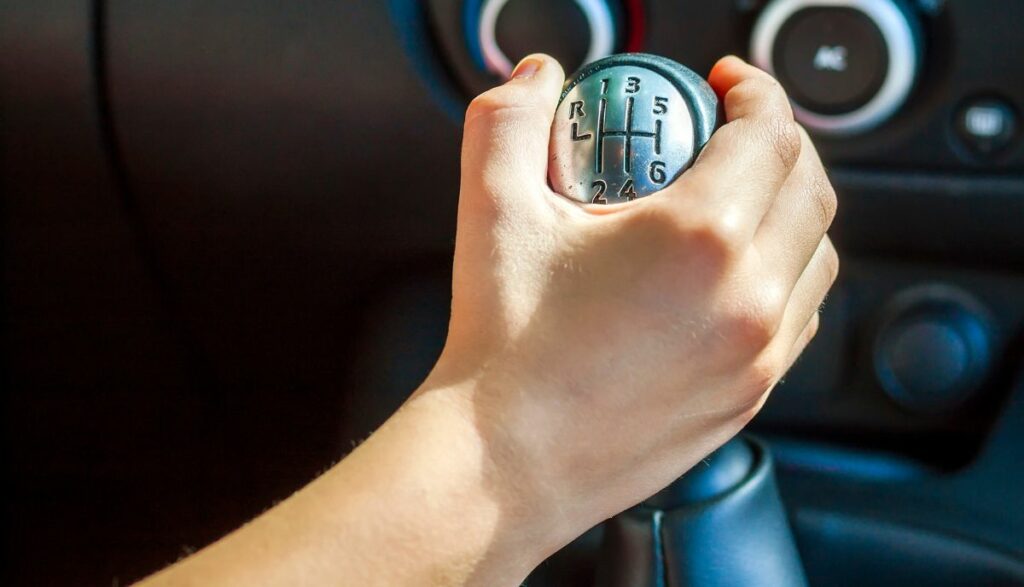
Like accelerating from a stop and starting on a hill, revving with the clutch is practically inevitable when changing gears. This is because you must depress the clutch to change hears. Drivers cannot help but rev the engine while shifting the gear.
Once again, you can protect the clutch by changing gears smoothly without revving the engine, but this requires more skill than many drivers possess.
As you can see, drivers have good reasons to rev with the clutch. Unfortunately, the practice is also dangerous. Ultimately, the more use a clutch gets, the more wear and tear it experiences. The clutch fail long before the car dies.
Some clutches fail within 30,000 miles. Others can survive 100,000 miles or more. Poor driving habits, such as revving after engaging the clutch, can lower this component’s life expectancy.
Pros Of Revving With Clutch In
If revving with the clutch is risky, why do people tolerate the practice? The following benefits may explain this phenomenon:
- Inexperienced drivers can start a manual car on a hilly road and drive away without rolling backward.
- Inexperienced drivers have an easier time changing gears while depressing the clutch and revving the engine.
- Inexperienced drivers have an easier time accelerating from a stop when they rev the engine with the clutch.
Cons Of Revving With Clutch In
If you’re determined to rev with the clutch in, you should do so while keeping the following concerns in mind:
- Riding the clutch can accelerate the component’s wear and tear.
- The engine and clutch are more likely to wear out because the engine revs faster when you engage the clutch.
- The clutch bearing will wear out more quickly because you’re spinning the throw-out bearing at high RPM (with load).
- Your foot can slip off the clutch while you’re revving the engine in high gear, leading to a bad situation.
Engine Revving Techniques
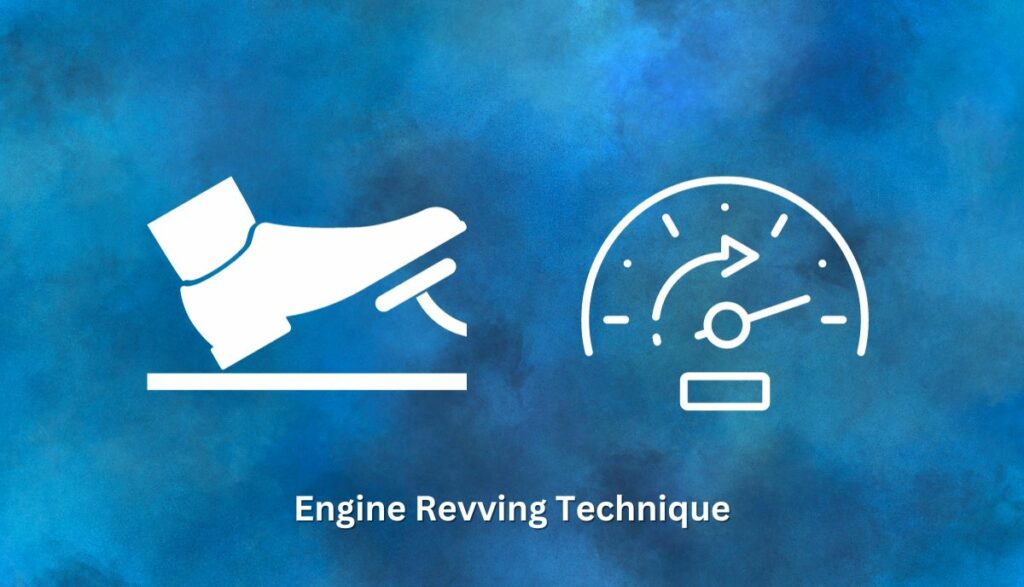
Revving is frowned upon by many experts. But you can avoid some of the consequences by applying the correct techniques. Keep the following in mind:
1). Revving An Automatic Car
- Start the car.
- Allow the oil to circulate by idling the engine for thirty seconds.
- Keep the gear in neutral or park.
- Step on the accelerator.
2). Revving A Manual Car
- Depress the clutch to separate the engine from the drivetrain.
- Push the accelerator.
- You can achieve similar results by moving the gear to ‘Neutral.’
3). Revving A Car While Driving
- Step on the clutch pedal in a manual car while simultaneously depressing the gas pedal.
- In an automatic car, apply the brake and shift to neutral before pressing the accelerator.
4). Rev Matching
- The purpose of rev matching is to shift the gear down smoothly by matching the engine and transmission’s speeds.
- Without rev-matching, you will strain the clutch and engine whenever you shift to a lower gear. The car may also jerk forward.
- You rev match by stepping on the clutch and immediately depressing the throttle.
- Once you attain the correct RPM, release the clutch.
- Try to understand your vehicle’s gear ratios.
- Some people are better off buying cars with automated rev-matching systems.
5). Starting On A Hill
- Starting on a hill will tempt even the most experienced drivers to rev the engine.
- However, there is a better way. Instead of revving the vehicle, engage the handbrake.
- Find the biting point of the clutch.
- Perform some slight revving.
- Wait for the car to start moving slightly before disengaging the handbrake and slowly releasing the clutch.
Other notable tips for consumers to keep in mind while driving and potentially revving a manual car include the following:
- Don’t ride the clutch. You should either depress or disengage it completely. Avoid pushing it slightly unless absolutely necessary. Otherwise, the clutch’s efficiency will deteriorate dramatically.
- When changing gears (up or down), the timing between the gear shift and acceleration matters. Don’t allow the RPM to spike significantly during this period. Make the operation as smooth as possible. This takes practice.
- Avoid aggressive driving.
- If the car appears to rev when you’re not moving, the clutch is probably slipping. It can’t create enough friction to turn the flywheel. The vehicle won’t move forward, or it will move slowly when you step on the gas.
- Another memorable symptom of a worn-out clutch is revving in neutral. The engine makes noise before you engage a gear because of a worn-out input shaft bearing. The sound will disappear once you depress the clutch pedal.
Common Myths About Clutch-Engaged Revving
- Some people think riding the clutch is okay, but that couldn’t be further from the truth. Most people ride the clutch at some point, especially in heavy traffic, but they only do so for a second or two.
- Others think it’s okay to hold the car on a steep incline using the clutch. But that will harm the clutch in the long run. While you can cheat by engaging the clutch, you’re better off relying on the brake.
- It isn’t unheard of for drivers to save their brakes by using the clutch. They are not wrong. However, it takes a lot of skill. You will accelerate the clutch’s wear and tear if you can’t downshift smoothly.
- Revving occurs because inexperienced drivers think engaging the clutch and shifting gears smoothly is impossible. However, anything is possible with practice.
- Despite the fear surrounding this concept in some circles, the engine won’t suffer catastrophic failure because you revved the car while shifting gears. Yes, the practice is discouraged. However, the wear and tear that occurs because of revving is negligible. Like most things, revving becomes problematic when it’s excessive and continuous. Occasional revving shouldn’t concern you unless your vehicle is poorly maintained.
- Many experts will tell you that revving is okay if you don’t redline the car. They think touching the redline on the tachometer is a death sentence for the engine, but that isn’t true. Your engine will survive redlining.
- You don’t need to rev the car in the morning to warm the engine. Thirty seconds of idling are enough to raise the temperature and circulate the oil. Revving is not necessary.
- Revving the vehicle won’t improve its performance.

